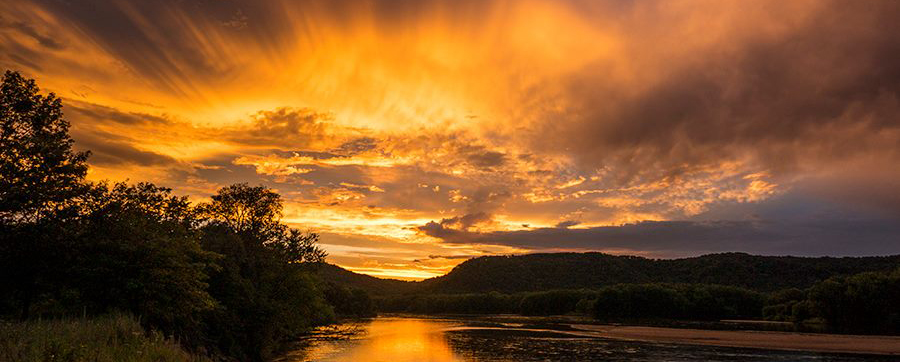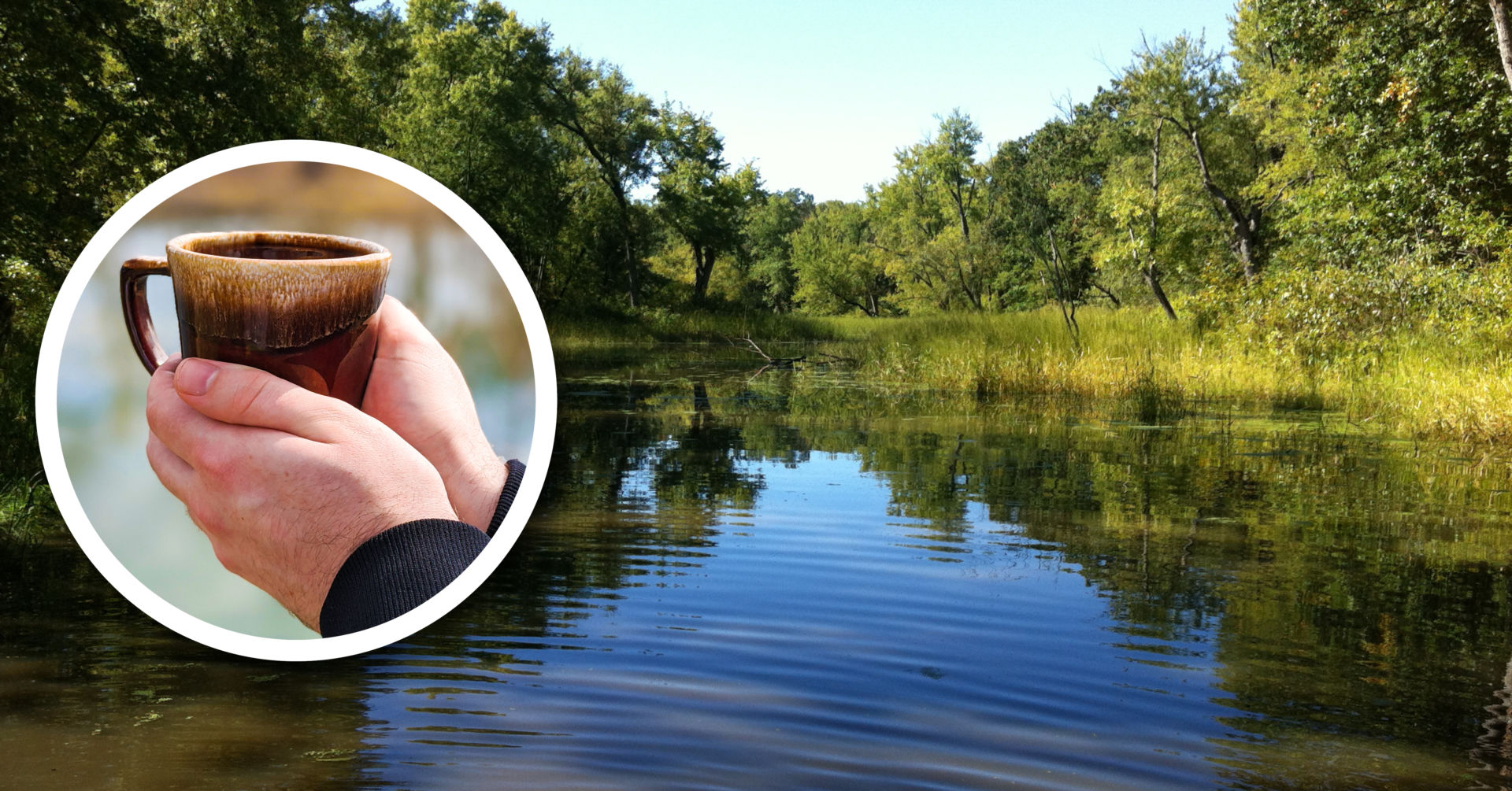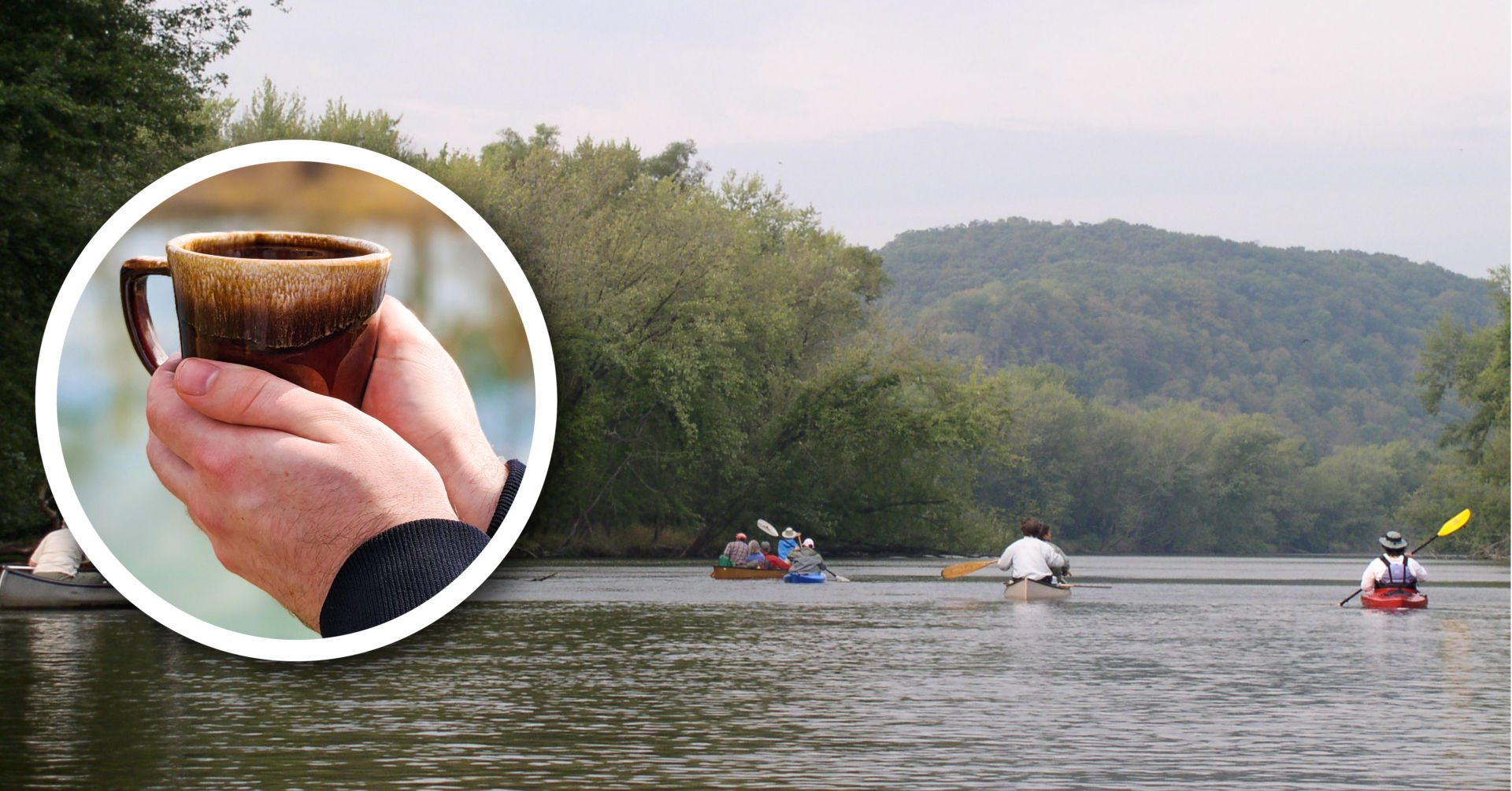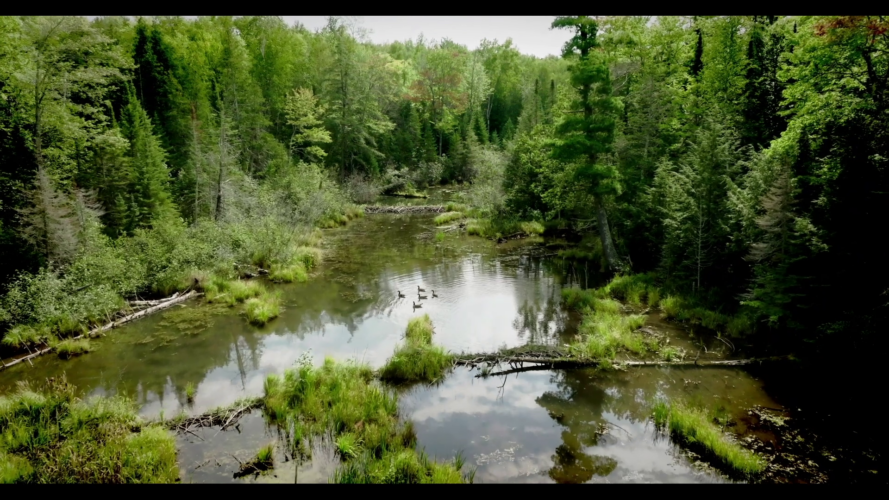The Lower Wisconsin Riverway is now recognized as a Wetland of International Importance by the United States and the Ramsar Convention on Wetlands.
The area was designated in recognition of its high-quality complex of wetlands, uplands, and waterways and the important fish and wildlife habitat these provide. The area’s natural resources attract hundreds of thousands of tourists each year who come to hunt, fish, paddle, and relax, fueling the region’s economy.
“The Lower Wisconsin Riverway is rich in both ecosystem and history, and this important designation is a milestone for our collective work,” said DNR Assistant Deputy Secretary Todd Ambs. “I have paddled every one of the 92 miles of this riverway. It is truly a world-class gem and this recognition is testament to that fact.”
Wetlands provide critical benefits for our community by accommodating floodwaters, stabilizing groundwater recharge, reducing erosion and soil loss, and improving water quality. This area provides a natural habitat for rare and endangered species.
“These bottomlands contain rich biodiversity and are critical habitat for plants and animals, some of which are unique to the Riverway,” according to Mark Cupp, Executive Director of the Lower Wisconsin State Riverway Board. “The Ramsar designation will provide another tool to help the Riverway Board, DNR, partner interest groups, and outdoor educators ‘get the word out’ regarding these important resources.”
This designation is Wisconsin’s sixth and largest with 45,000 acres. The site includes land owned by the Wisconsin Department of Natural Resources, the US Bureau of Land Management, the Ho-Chunk Nation, and private landowners. The designation is entirely non-regulatory and does not supersede local ownership and management authority.
Wisconsin Wetlands Association hosted two live online presentations in fall 2020 for people to learn more about the Riverway’. Watch these presentations on its natural resources and ecology and its social history.
FAQ: Ramsar and the Lower Wisconsin Riverway
What is the Ramsar Convention?
The Ramsar Convention on Wetlands (The Ramsar Convention) is a non-regulatory, intergovernmental treaty for the conservation and sustainable use of wetlands signed in Ramsar, Iran, in 1971. It encourages wetland conservation in part through promoting the designation of Wetlands of International Importance (“Ramsar sites”) across the globe.
What is special about the Ramsar site designation?
The designation is voluntary and imposes no regulations. A site must meet at least one of nine criteria to qualify for designation. The Lower Wisconsin Riverway site satisfied seven of the nine criteria, as it:
- Is home to representative, rare, or unique natural wetland types
- Harbors rare species and threatened ecological communities
- Is critical to biological diversity
- Provides support for animals during critical life cycle stages or in adverse conditions
- Is home to significant and representative fish
- Provides critical spawning grounds for fish
- Is home to more than 1% of a non-avian population.
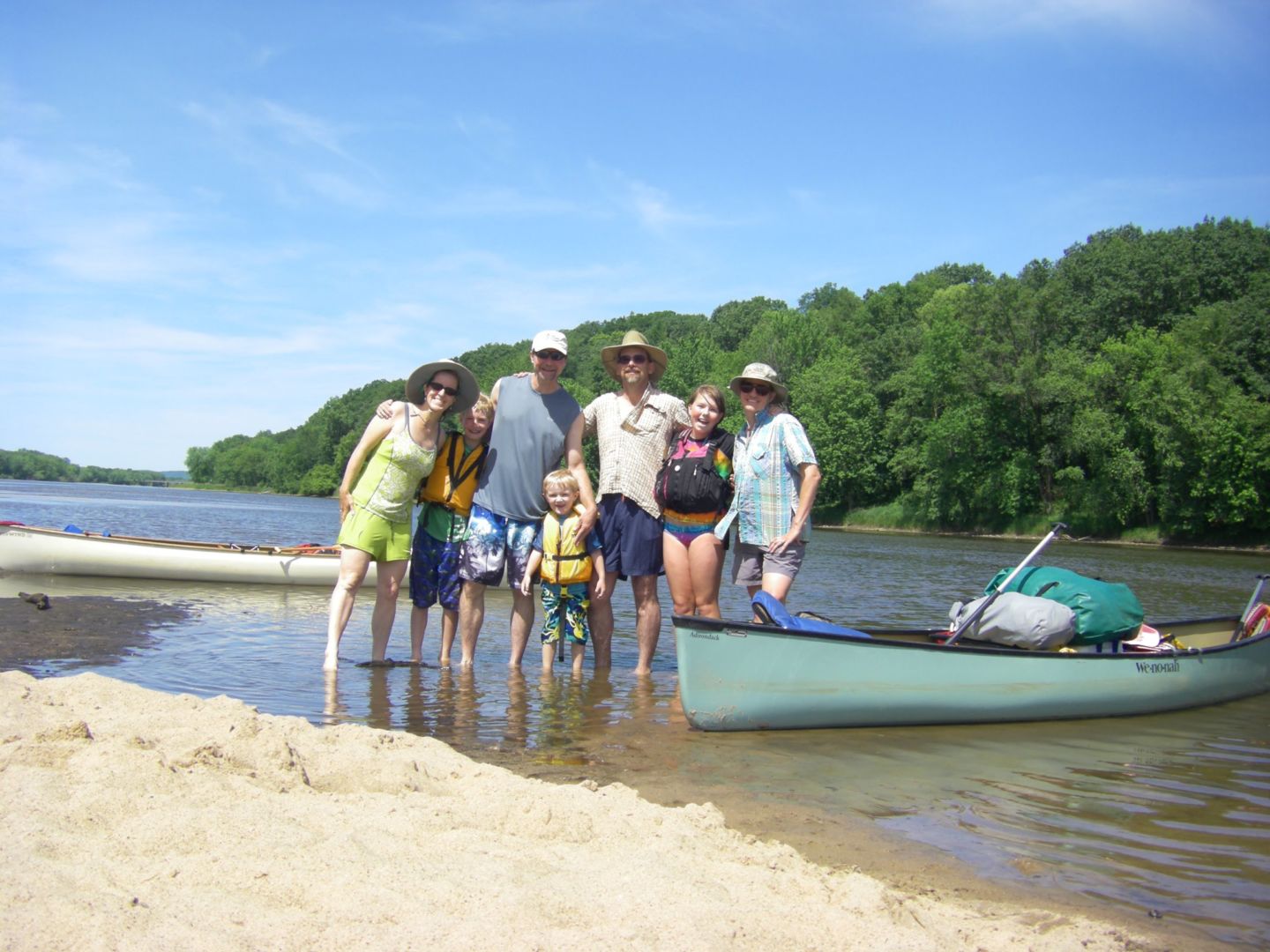
Photo by Katie Beilfuss
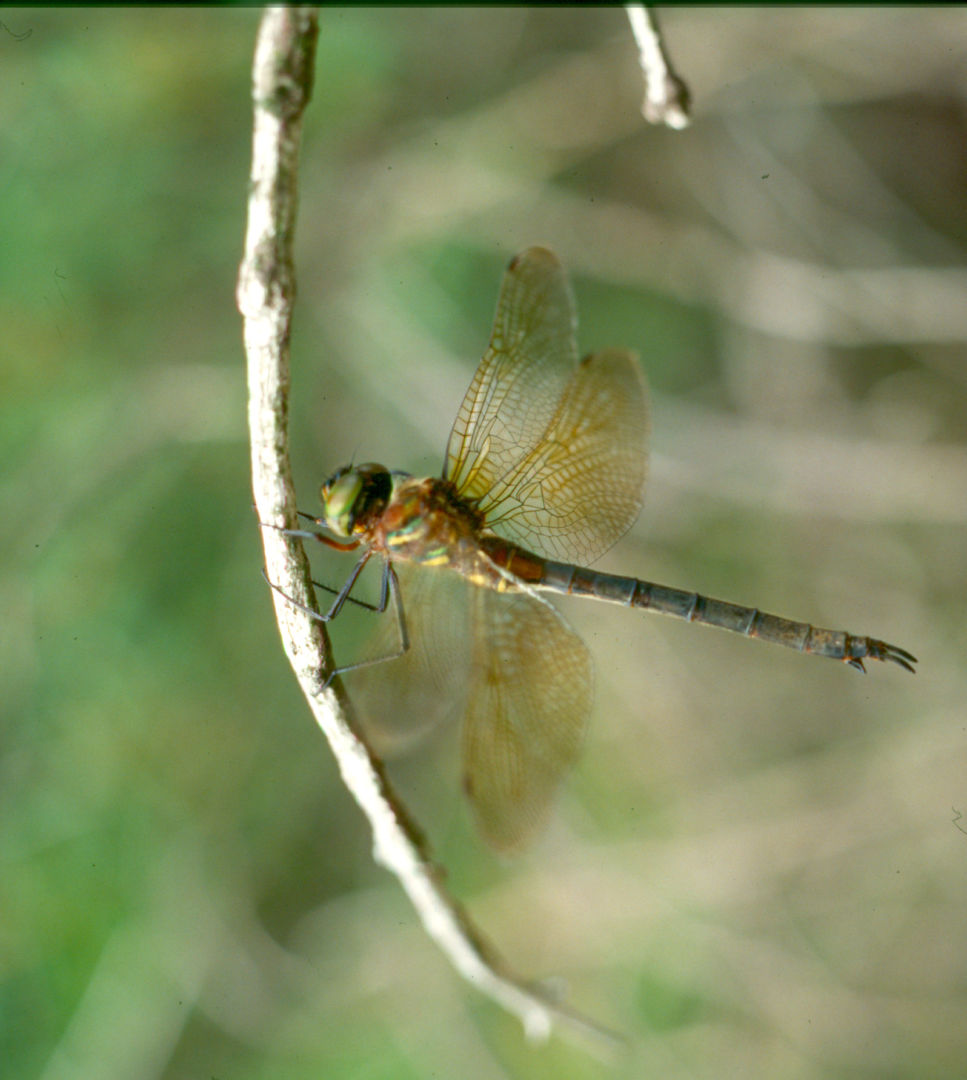
Hines emerald dragonfly. Photo by Kathryn Kirk
How many Ramsar sites are there?
There are now six Ramsar sites in Wisconsin: Horicon Marsh (1990), Upper Mississippi River Floodplain Wetlands (2010), Kakagon/Bad River Sloughs (2012), Door Peninsula Coastal Wetlands (2014), Chiwaukee Illinois Beach Lake Plain (2015), and Lower Wisconsin Riverway (2020). According to the Ramsar Sites Information Service (rsis.ramsar.org), the United States has 41 Ramsar sites totaling more than 4.6 million acres.
Where is the Lower Wisconsin Riverway site?
The Lower Wisconsin State Riverway designation follows the final 92 miles of the Wisconsin River from the last dam on the river at Prairie du Sac to the confluence with the Mississippi River near Prairie du Chien. The State Riverway includes nearly 100,000 acres of public and private lands along the river corridor in Columbia, Dane, Sauk, Iowa, Richland, Grant and Crawford counties. The new Ramsar site includes 49,000 acres within this State Riverway, lands that are owned by federal, state and tribal governments as well as private land whose owners specifically requested the inclusion of their property.
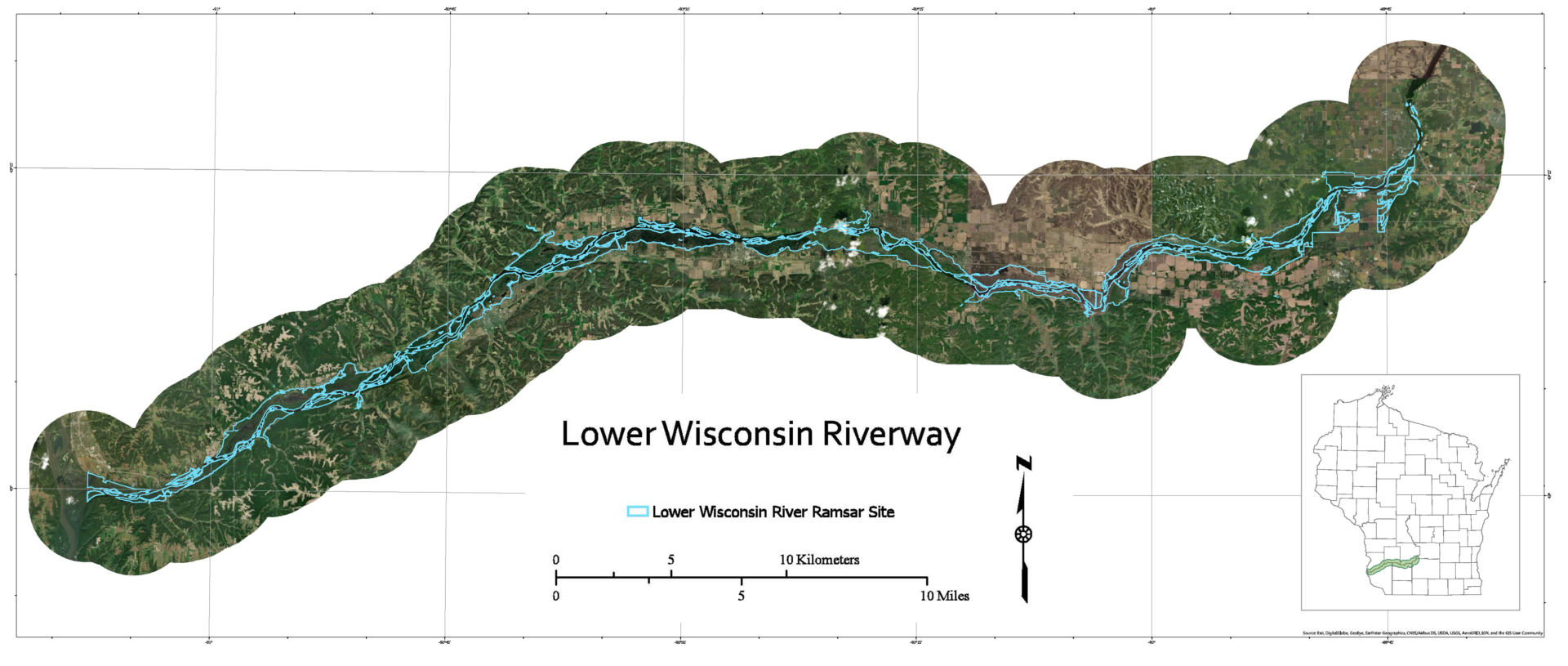
What types of wetlands are on the site?
The Lower Wisconsin Riverway encompasses the river and associated wetlands as well as some adjacent uplands that provide surface and groundwater connections. Wetland types found in this site include floodplain forest, southern hardwood swamp, sloughs, marshes, sedge meadow, shrub carr, wet prairie, forested bottomlands, and wet-mesic prairie. Within the floodplain lies a vast network of off-channel habitats including oxbow lakes, sloughs, creek bottoms, and small streams impounded by beaver.
What plant and animal species can be found there?
The Lower Wisconsin Riverway provides critical breeding and migratory habitat for a high diversity and abundance of characteristic as well as uncommon fish, mammals, birds, amphibians, and invertebrates. The site is home to 44 rare vascular plant species and 121 rare animal species, including four federally endangered species: Hine’s emerald dragonfly, Higgin’s eye pearly mussel, Sheepnose mussel, and Whooping crane. It is also home to many state endangered and special concern species, including starhead topminnow, mud darter, lake chubsucker, least darter, weed shiner, pugnose minnow, and pirate perch.
What’s so great about wetlands?
Wetlands store water and slow its movement over our landscape. This helps reduce flooding, prevent erosion and soil loss, filter impurities, recharge groundwater, and provide natural spaces for hunting, fishing, paddling, and exploring. Wetlands also provide important fish & wildlife habitat.
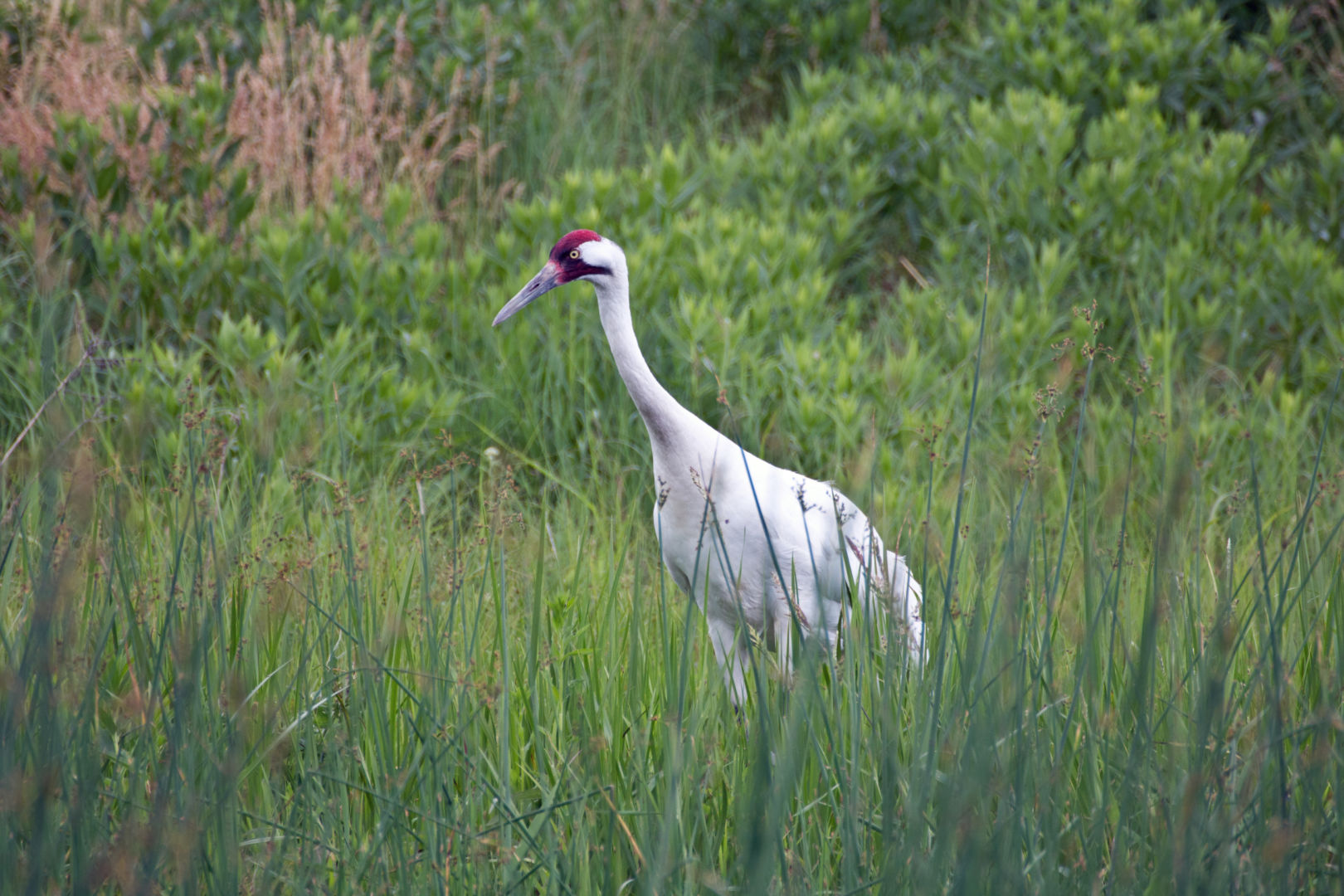
Whooping crane. Photo by Ken Tapp
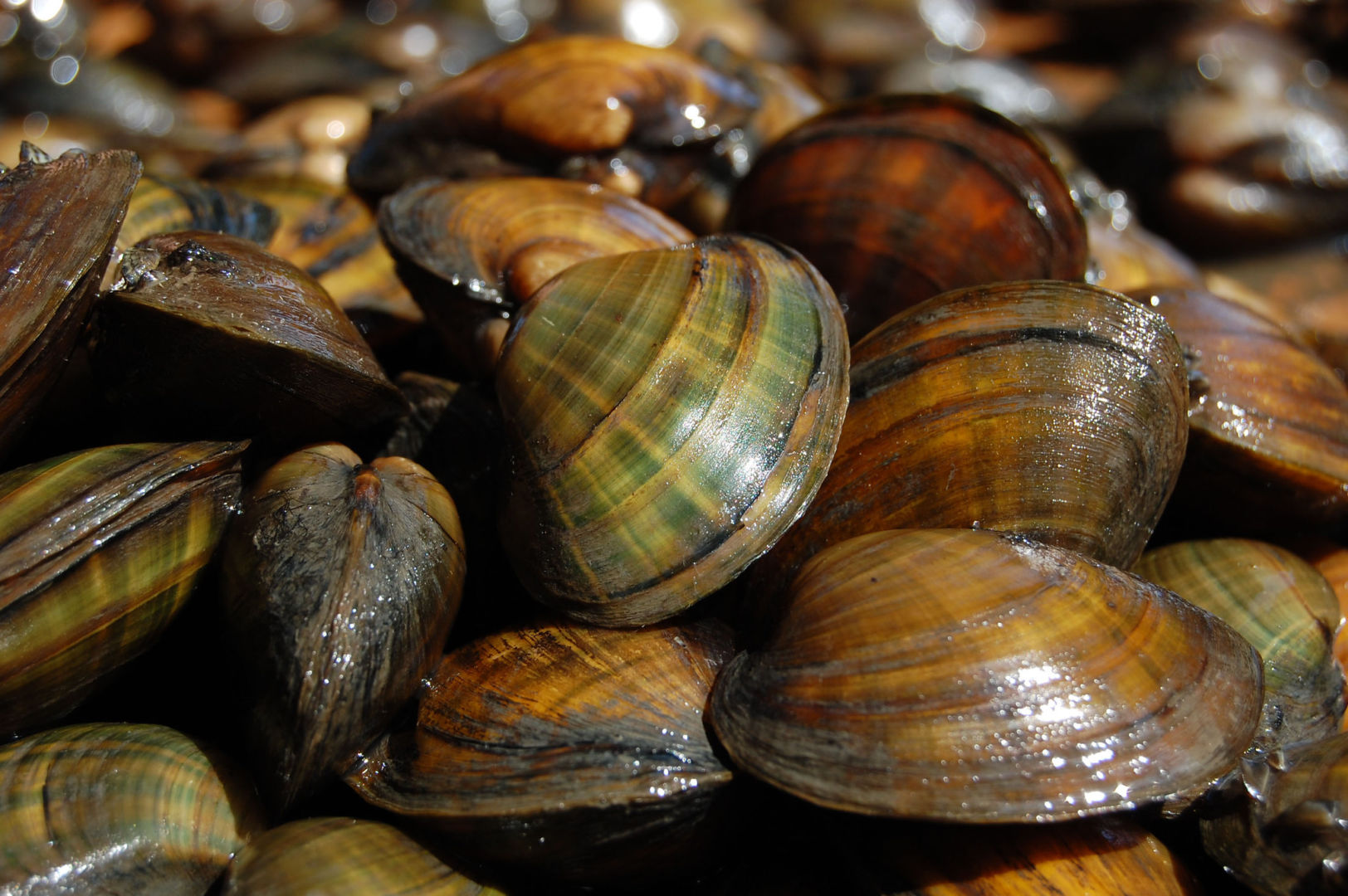
Higgins eye pearly mussel. Photo by Gary J. Wege, USFWS
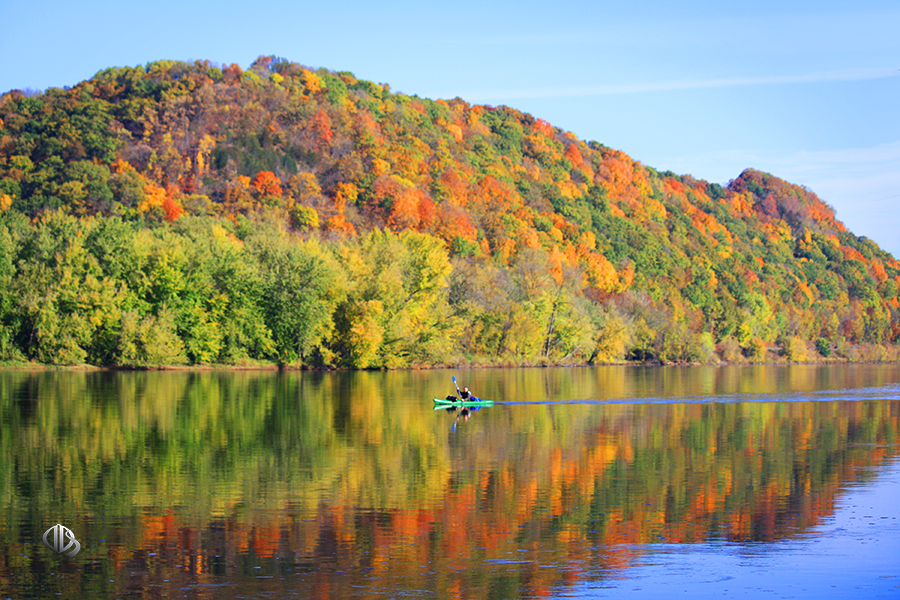
Photo by Tim Jacobson
Who helped achieve this designation?
Wisconsin DNR, US Department of the Interior, the Ho-Chunk Nation, US Fish and Wildlife Service, Senator Tammy Baldwin, Friends of the Lower Wisconsin Riverway, the Lower Wisconsin State Riverway Board, Wisconsin Wetlands Association, private landowners, many local organizations, and public officials supported the nomination process.
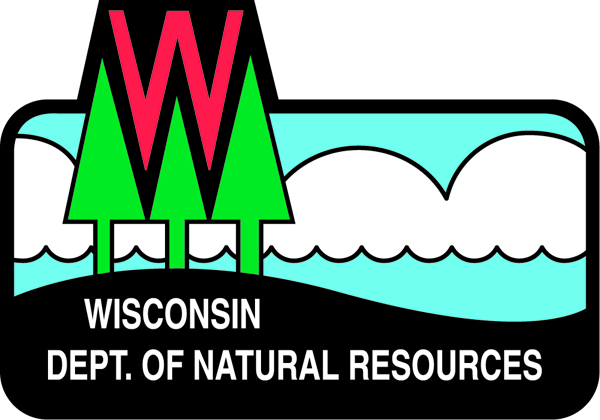
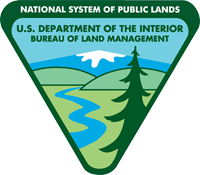
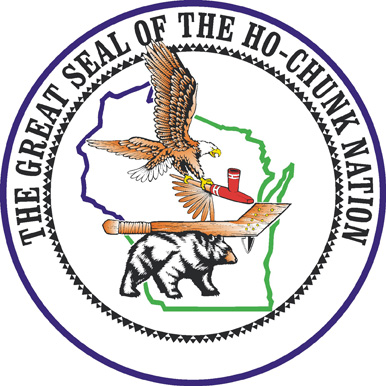

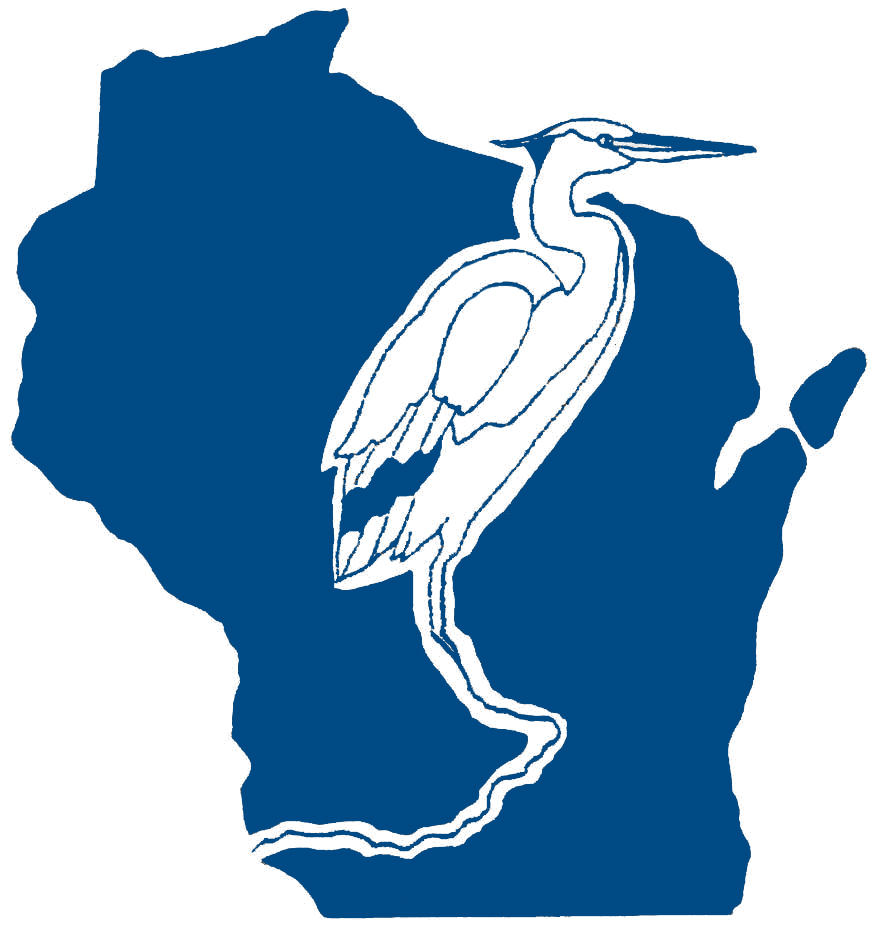
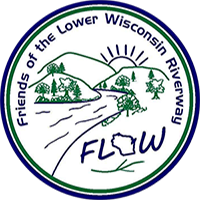
How can I learn more?
- Watch short (20-min) presentations on the Lower Wisconsin Riverway’s natural resources and ecology and its social history.
- Read this great front-page story in the Wisconsin State Journal about the Riverway and designation.
- Visit wisconsinwetlands.org/ramsar for more information about Ramsar and the Lower Wisconsin Riverway Ramsar site.
- Visit ramsar.org for more information about the Lower Wisconsin Riverway and every other Ramsar site around the globe.
- Visit wisconsiriverfriends.org/ramsar to view a poster about the site and its incredible natural resources.
- Visit lwr.state.wi.us for more information about the Lower Wisconsin State Riverway
- Plan your paddle on the Lower Wisconsin Riverway with this tool developed by the Friends of the Lower Wisconsin River
- Print out this handy one-page fact sheet about the Lower Wisconsin River, which is also a designated Wetland Gem®
Related content
Wetland Coffee Break: Ecology of the Lower Wisconsin Riverway
Wetland Coffee Break: A Social History of the Lower Wisconsin Riverway
The director of the Lower Wisconsin State Riverway Board unearths the story of how people have brought their varied talents and perspectives into ensuring a bright future for this wetland.
Ramsar Convention on Wetlands
